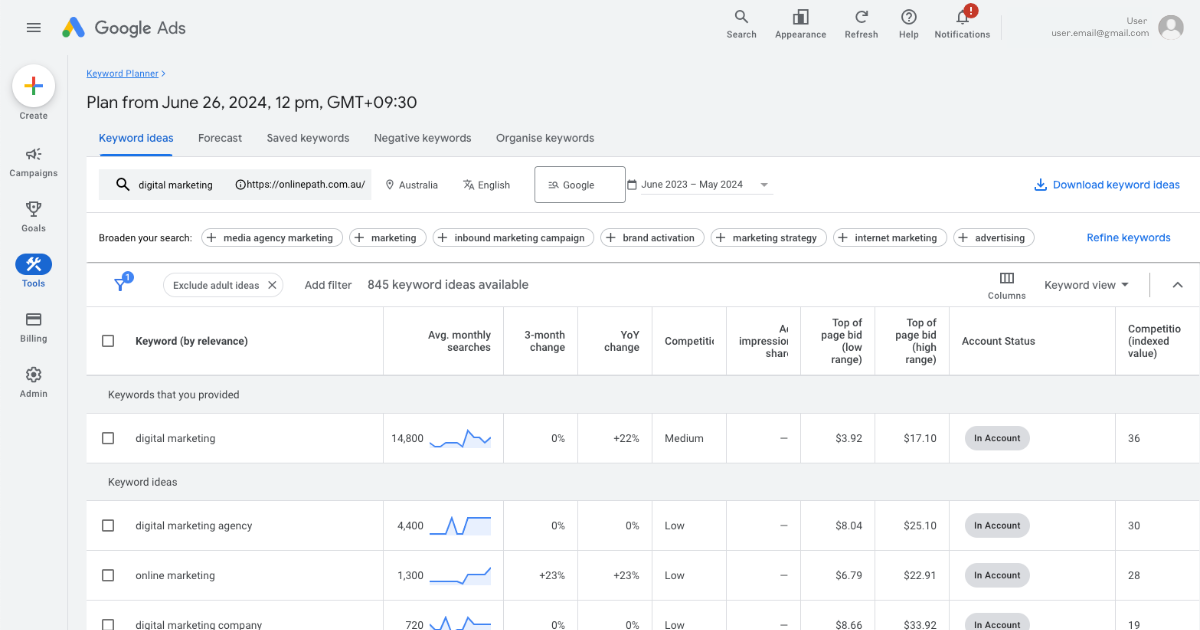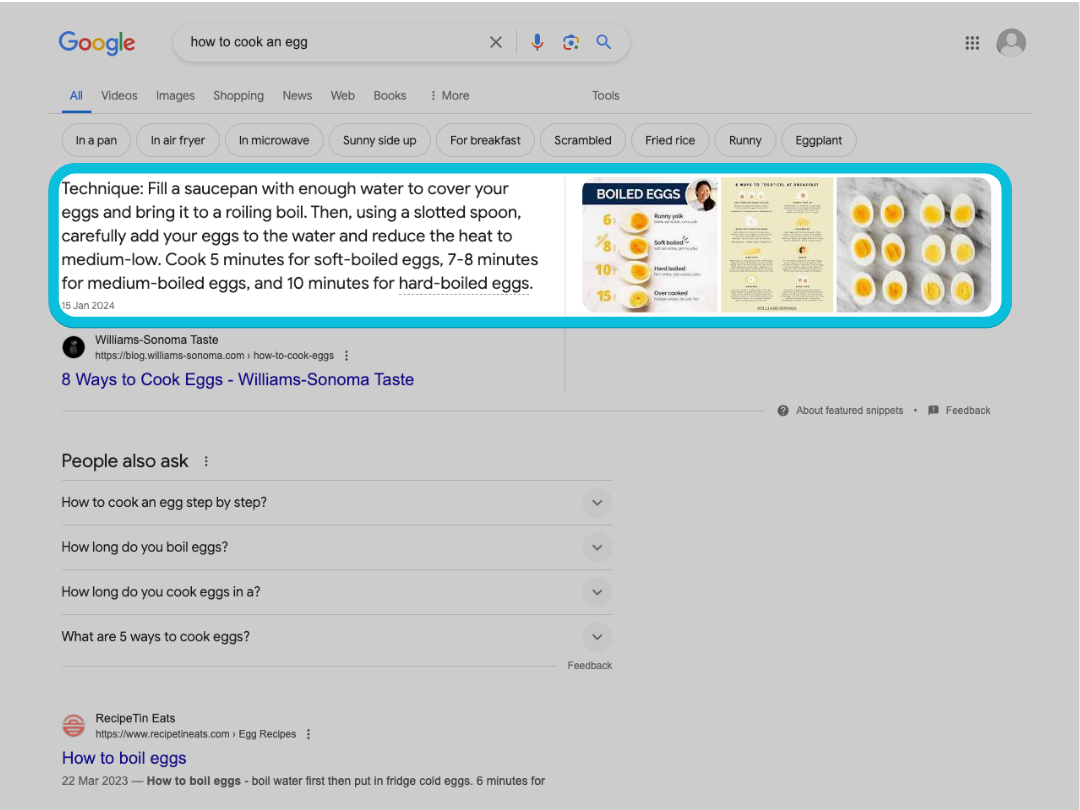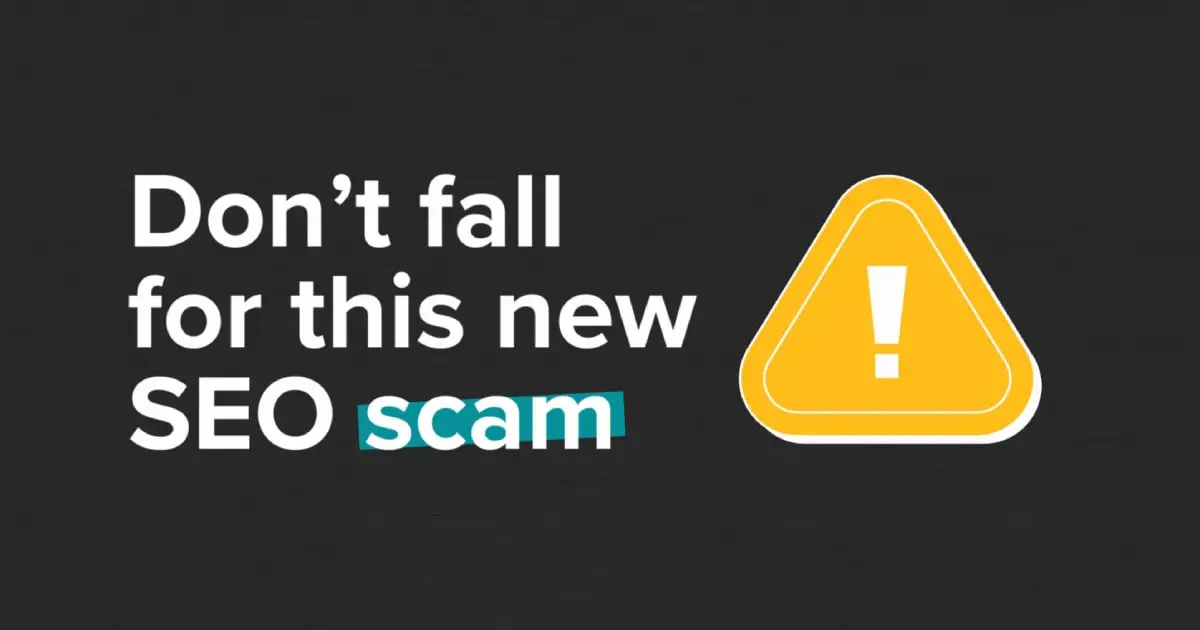


Mel Gibbons
27 April, 2022

It is also important to understand that there are various types of keywords and they should be used depending on your business strategy. Each type serves a unique purpose, helping you attract different segments of your target audience and improving your overall online visibility.
This type of keyword is used when users are seeking knowledge or answers to specific questions. They usually take the form of questions by starting with words like “what”, “why”, “how”, etc. (e.g. “How to cook an egg”). Incorporating these keywords into your content helps attract an audience interested in learning more about your industry, thereby establishing your authority and boosting organic traffic.
These keywords are used when users are looking to find a specific website or page. People who search using navigational keywords probably already know the company or product and want to find a place to acquire them (e.g. “Facebook”, “Where can I buy an iPhone”). By optimising for these keywords, you can guide users directly to your site or a particular section of your site, improving user experience and increasing the likelihood of engagement.
People who use these keywords often have previous experience with the brand or product and want to take a specific action or make a purchase. They usually include words like “buy” or “Subscribe” and including them in your content can attract potential customers who are ready to convert, driving sales and improving your overall conversion rate.
Searchers use commercial keywords when they are in the consideration phase and are comparing products or services. Optimising for these keywords can help position your offerings as the best choice, guiding potential customers towards making a purchase decision in your favour.
One thing to remember is that the priority is not just to grow traffic. Understanding your goals and attracting a relevant audience will make more for you than just increasing the number of people visiting your website. But, what can you do to start this complex path towards success with keywords? Here are the steps you need to follow:
Understanding the way your customers think is key to the process. Identify with the audience, put yourself in their shoes when making your keyword list and imagine how they would search for your product when using Google.
E.g. If you have a restaurant that sells shawarmas, you need to know if that is how the audience is searching for your product. Would they search for ‘Best shawarmas in Adelaide’ or would they, out of habit, search for terms like gyros/ kebabs/any popular name that a wrap goes by? If they were to look for your restaurant, what would they type?
Speak to a few friends and family to get their opinions about the phrases they would probably use to search for your restaurant. While you may have a very specialised cuisine offering, the generic name searched for could vary, and thinking like the customer will help you narrow that down.
Google’s Keyword Planner will give you the traffic and search volume estimates for every keyword you are considering, while Google Trends will measure the performance of those keywords in the past and their future projections. Something that may have a low search volume today could have upcoming potential. It may be worth holding on to such keywords to reap their benefits in the future.

Google Trends will assist you with terms that are trending currently, and that are expected to go upward. This step will help you narrow down keywords and eliminate any that are redundant. That platform will also give you the keyword’s Monthly Search Volume (MSV). Knowing how frequently people search for a query is key to determining the content you need to produce for people to discover your website.

When you have a website, there is a metric called the Domain Authority Score which measures your website’s quality. This predicts how well it will rank on search engines like Google and is crucial to consider when selecting keywords.
You should prioritise keywords that have a high chance of ranking based on your website’s authority. These don’t have to be high-search volume keywords. The larger established companies with more money to spend on digital marketing services, essentially go for high search volume keywords. As these are well-established brands, they are rewarded by Google with authority over many of these topics and are more likely to rank higher on the results.
Consider keywords with less competition that don’t have many brands and too much content battling for the top rank. Since fewer people are trying to claim those not-as-popular keywords, the spot can be yours.
The Search Engine Results Page (SERP) is the first page of results that returns after a user enters a search query into Google or any other search engine. Apart from the regular search results, search engines also have feature snippets. Those are fragments of content that directly answer the user’s search query and appear at the top of the results.

If used appropriately, there are numerous SERP feature snippets that Google highlights such as image packs, paragraph snippets, list snippets, and video snippets. When you enter your keywords in the search engine, you can get a quick overview of how the first results appear. Evaluate this to understand how and where your website would appear for a certain keyword.
Head terms are short keywords that are searched more commonly and therefore, it may be tough to get a high rank for these keywords. In contrast, long-tail keywords have three or more words. Long-tail keywords have lower search volumes, yet they attract more relevant website traffic. These are easier to rank on as they are essentially not as competitive. Your keyword strategy should comprise a good mix of these keywords to balance your long-term and short-term digital goals.
While you cannot replicate your competitor’s keyword strategy, it is always advisable to know how they are ranking for certain industry-relevant keywords. This will help you better evaluate your keywords. The competitor’s keywords will broaden your horizons and may help you find a few keywords you may be forgetting. There may also be specific vital keywords that your competitors have missed out. Improving your ranking on those keywords will help you gain a first-mover advantage and capture a massive chunk of the market share.
Remember that the goal is to end up with a balanced-out keyword strategy that provides some quick wins and progresses you toward the challenging and bigger picture. Achieving a successful SEO strategy also requires efforts on other aspects such as building a mobile-friendly website, focusing on easy user navigation, captivating UI/UX experience, ensuring relevance, and more. Take advantage of the tools available and keep in mind that this strategy must be a reflection of your target audience’s needs. They will be the ones showing you the path and understanding them is crucial for every every step you take.
Join hundreds of businesses boosting their knowledge with our monthly insights.
Contact us for an online marketing solution to build your brand and grow revenue.
Contact Us 1300 055 000
1300 055 000

